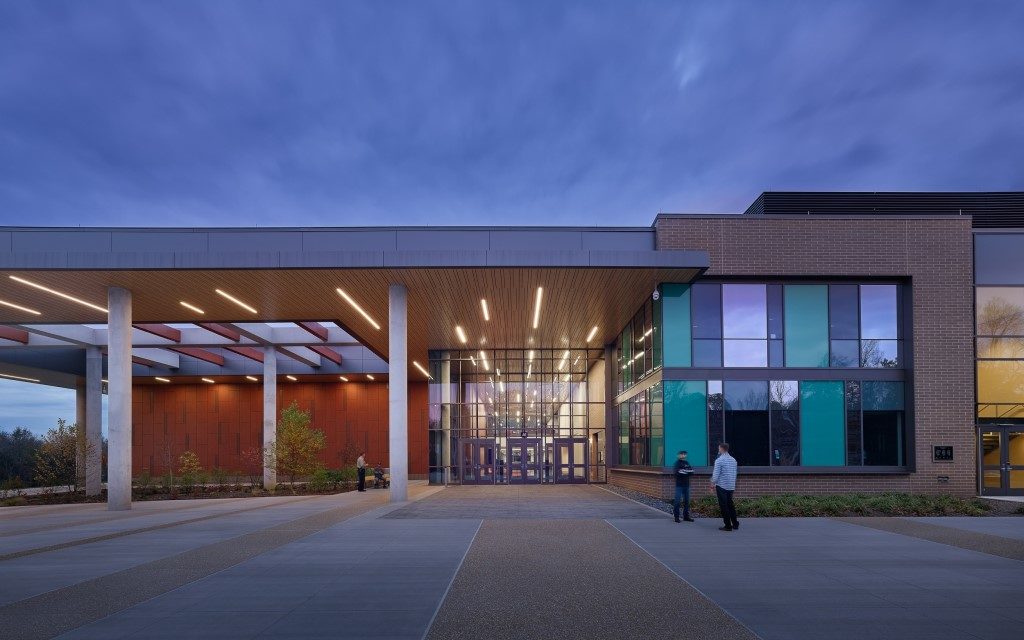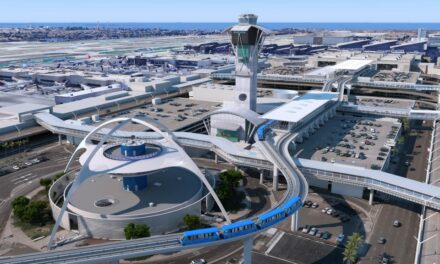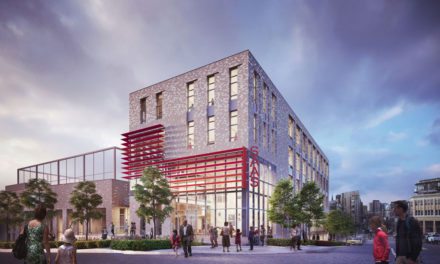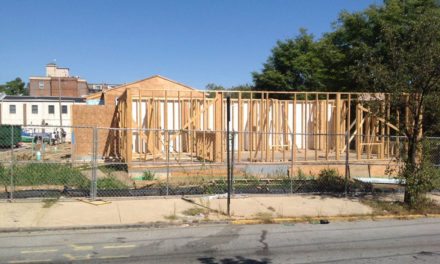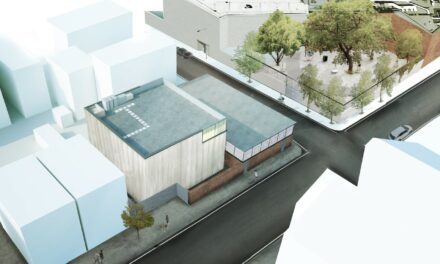STEM and CTE – two of the most compelling trends in education today – are creating a strong foundation for the inventors, investors, and industrialists of the future – and the Academies of Loudoun is an exciting facility that integrates these traditionally distinct educational pathways
The Academies of Loudoun (ACL), is a new construction Science, Technology, Engineering, and Mathematics (STEM) education and Career and Technical Education (CTE) career readiness academy in Leesburg, Virginia. Spanning 305,000 SF, it is the largest high school facility in Loudoun County and houses Loudoun’s advanced science, technology, engineering, and math (STEM) and career and technical education (CTE) programs. Previously, the Academy of Science, the Academy of Engineering and Technology, and the Monroe Advanced Technology Academy were located in three different facilities.
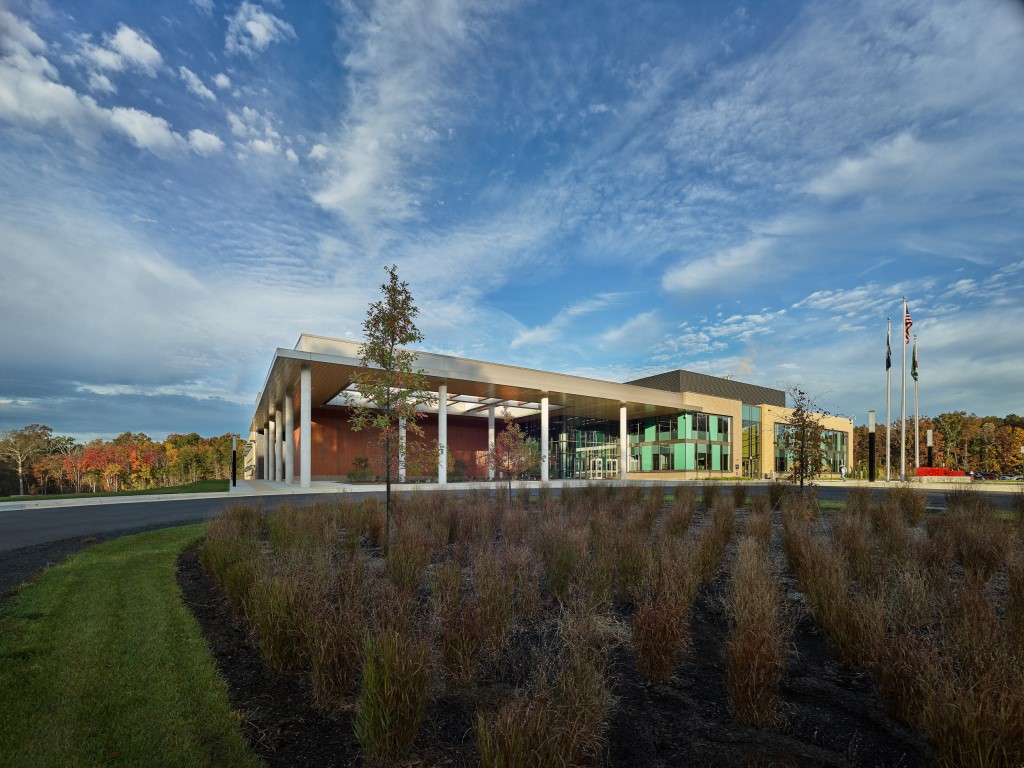
Photo credit: Prakash Patel Photography
By co-locating these specialty high school programs, ACL integrates academic and technical education to create an environment that prepares students for the future of work by supporting learning at the intersection of scientific research, engineering, design, and fabrication.
Design played a significant role in not only creating a modern, flexible space for advanced education, but also in facilitating inspiration and collaboration between these previously separate academies.
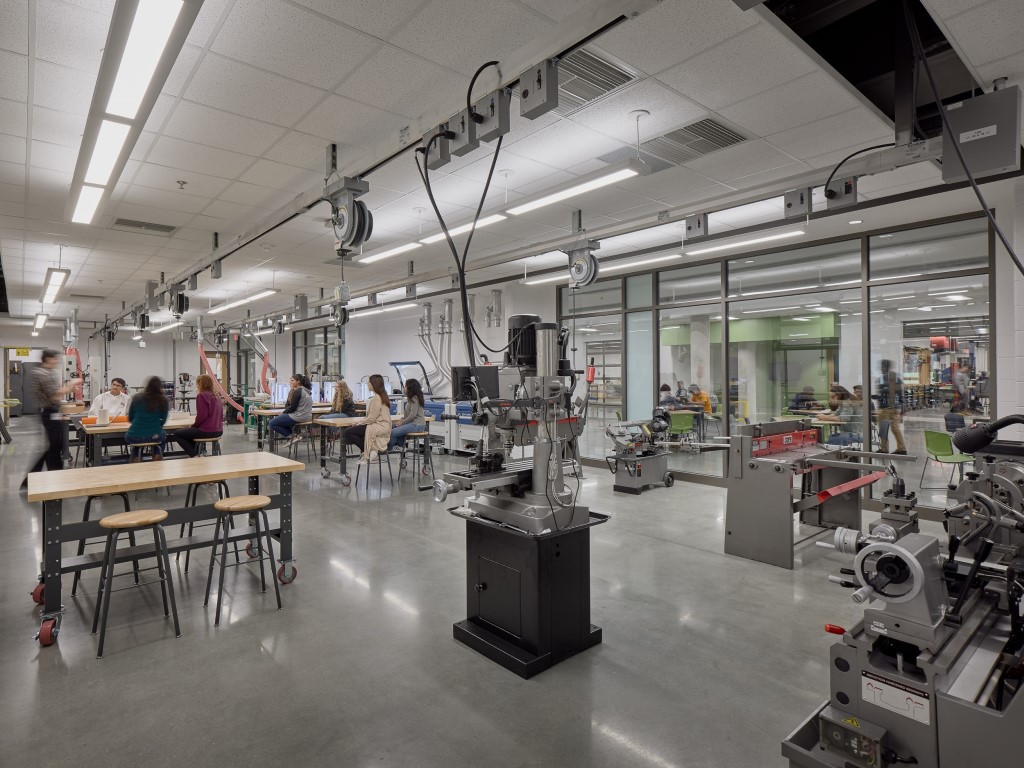
Photo credit: Prakash Patel Photography
The Stantec design team worked closely with a client team of school board members, community leaders and educators from each academy, to design a school — unlike any they’d experienced before — that reflects their vision for experiential learning.
Through a series of open and collaborative planning sessions and tours of unique, state-of-the-art facilities (including a community makerspace, advanced scientific research institute, and college science and CTE buildings), the team fostered a shared understanding among project stakeholders that the learning experience for all students is maximized when educators of specialized courses work together in more integrated and “interdependent” ways.
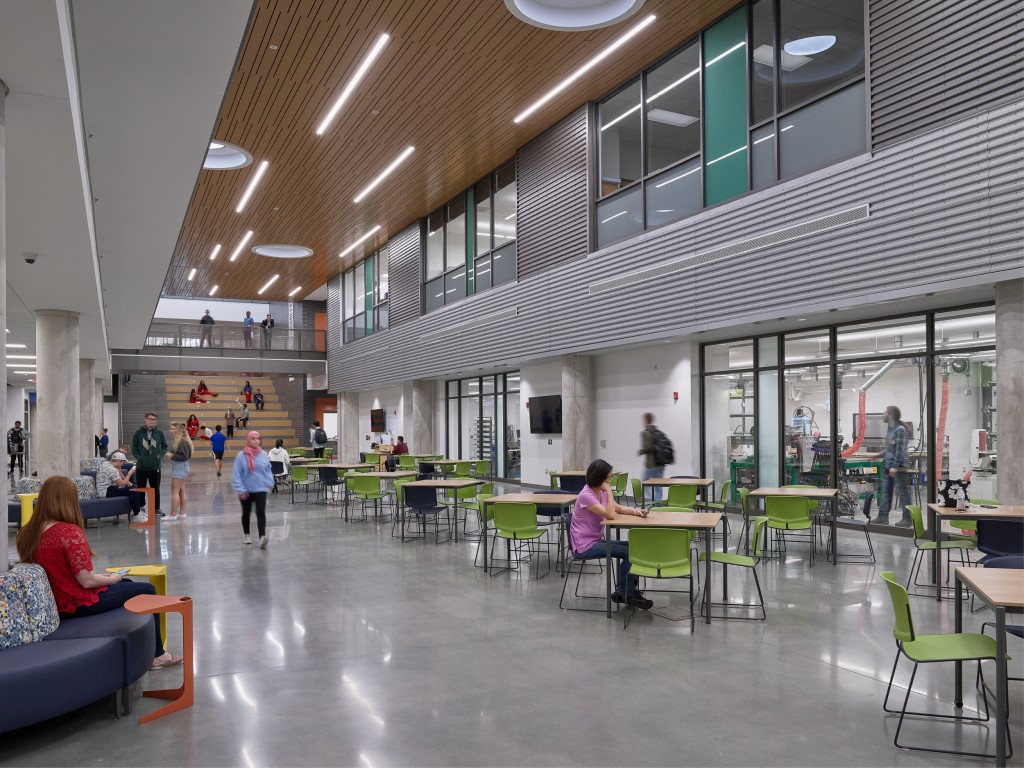
Photo credit: Prakash Patel Photography
This breakthrough, from a once-isolated to a more connected model of academy programs, meant that spaces for purposeful collaboration and sharing across traditional content boundaries were critical, and served as the connective tissue that extends throughout and binds all spaces, programs and students as one.
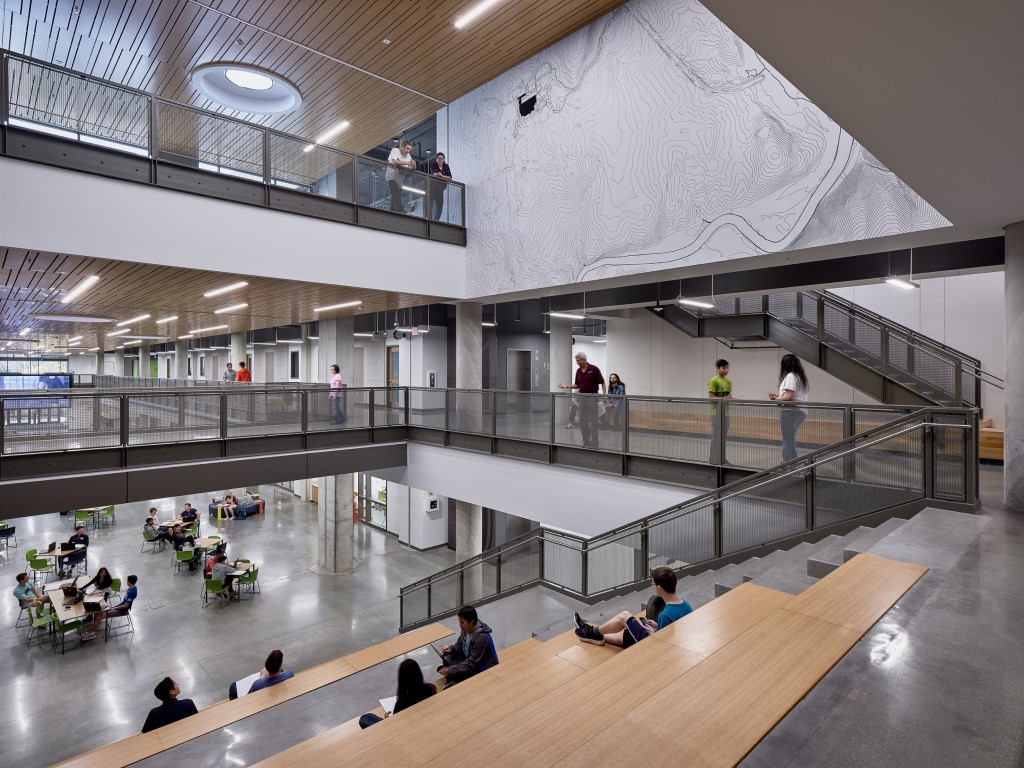
Photo credit: Prakash Patel Photography
For example, the Innovation Commons serves as the central hub at ACL where students and educators can interact and mingle, supported by collaborative furniture and writeable walls. The Commons can also transform into an events space for gatherings such as demonstrations, robotics competitions, and more.
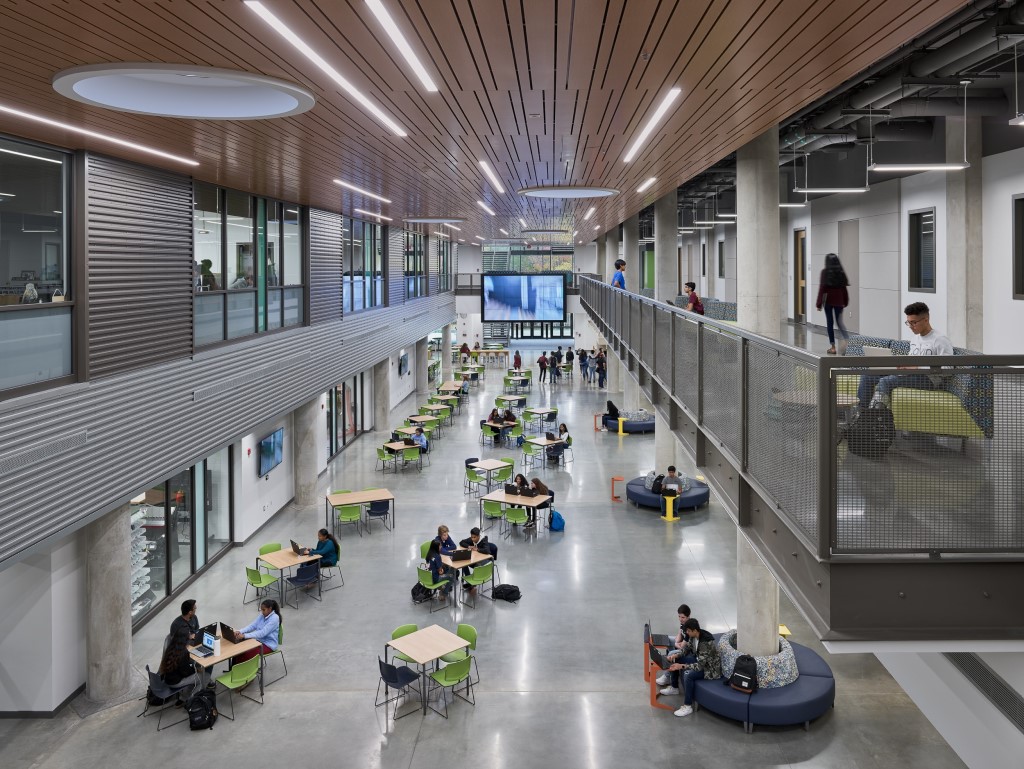
Photo credit: Prakash Patel Photography
The individual learning spaces of ACL are based on a lab planning module. Though common to most higher education research, and science and technology facilities, such an approach is unique to K-12 facility planning and design. This modularity, coupled with an emphasis on learning spaces types that codifies physical requirements based on anticipated learning activities and needed infrastructure, ensured great flexibility for the future as programs and space needs continue to evolve.

